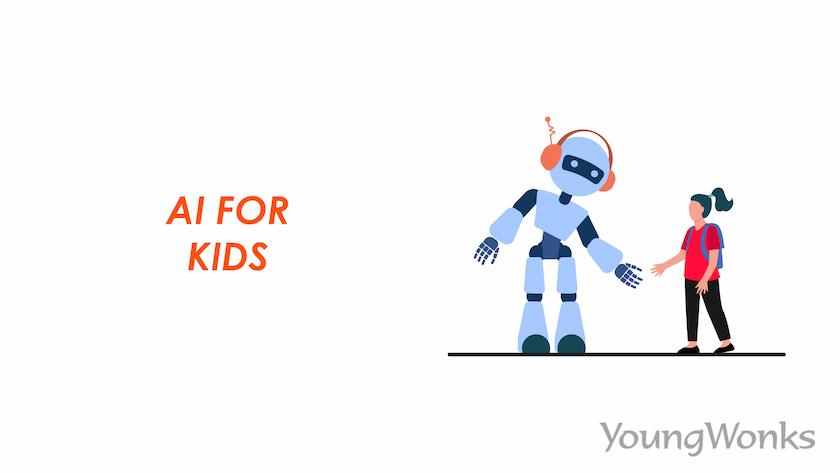1. Lay the Foundation with Computational Thinking
Before diving into AI specifics, it's essential to develop students' computational thinking skills. Computational thinking involves breaking down problems, recognizing patterns, and designing algorithms—a crucial precursor to understanding AI concepts.
Activities:
- Pattern Recognition Games: Engage students in activities that involve identifying and creating patterns, such as pattern blocks or code-based pattern challenges.
- Algorithmic Thinking: Introduce students to simple algorithms using tangible objects or basic programming concepts like sequencing and loops.
2. Explore AI Concepts through Interactive Activities
Once students grasp computational thinking, gradually introduce AI concepts through hands-on, interactive activities that make learning fun and engaging.
Activities:
- Chatbots: Create simple chatbots using platforms like Scratch or ChatGPT. Students can learn about natural language processing and how AI interacts with users.
- Image Recognition: Use image recognition apps or tools like Teachable Machine to demonstrate how AI can recognize objects or emotions in images.
- Robotics: Introduce basic robotics kits that allow students to build and program robots. This provides a tangible way to understand how AI can control physical devices.
3. Encourage Exploration and Experimentation
Provide opportunities for students to explore AI concepts independently and experiment with different tools and technologies.
Projects:
- AI Art: Encourage students to create art using AI-generated images or tools like Deep Dream Generator. This allows them to explore the creative potential of AI.
- Data Analysis: Introduce basic data analysis using spreadsheets or simple datasets. Students can learn how AI algorithms make decisions based on data.
- AI Ethics Discussions: Engage students in discussions about ethical considerations in AI, such as bias in algorithms or privacy concerns.
4. Foster Collaboration and Creativity
Promote collaboration and creativity by incorporating group projects and open-ended challenges that encourage students to apply AI concepts in innovative ways.
Collaborative Projects:
- AI-Based Games: Have students work in teams to design and develop AI-powered games using platforms like Scratch or Unity.
- Community Problem-Solving: Challenge students to identify local issues and brainstorm AI-based solutions, fostering a sense of civic engagement and social responsibility.
5. Provide Resources and Support
Equip educators with resources, training, and ongoing support to effectively integrate AI learning into the curriculum. This may include professional development workshops, online courses, and access to educational AI platforms.
Resources:
- Online Tutorials: Curate a list of age-appropriate online tutorials and resources that students can explore independently.
- Guest Speakers: Invite AI professionals or researchers to speak to students about their work and the real-world applications of AI.
- Educator Networks: Facilitate collaboration among educators to share best practices, lesson plans, and project ideas for AI education.
By following these steps and providing a supportive learning environment, educators can empower primary students to embark on a journey of AI discovery—from mastering the basics to unleashing their creativity and innovation in the world of artificial intelligence. With each new concept learned and project completed, students will gain confidence in their abilities and develop the skills they need to thrive in an AI-driven future.

